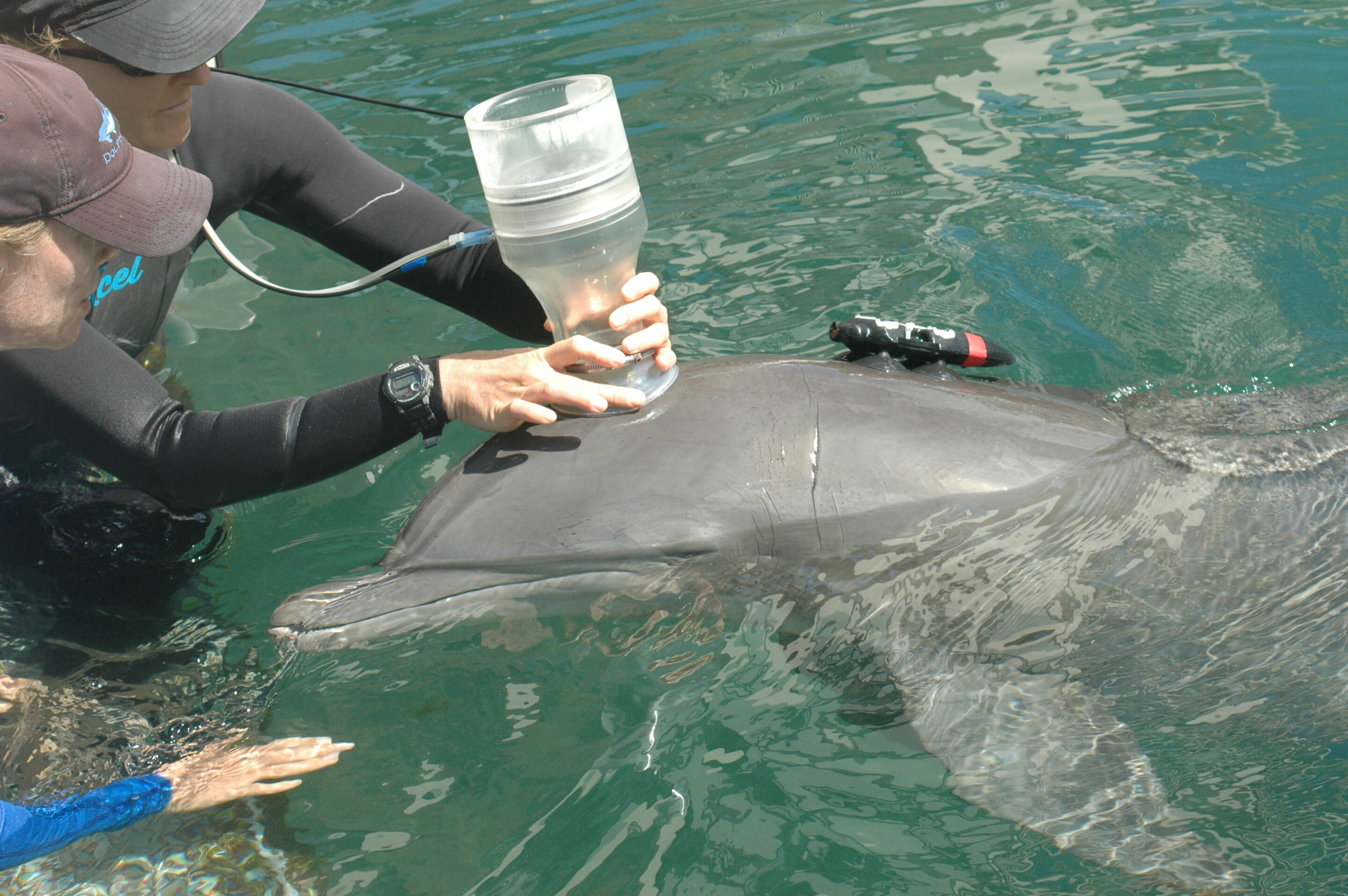#This arm injury is a red flag for domestic abuse: study

“#This arm injury is a red flag for domestic abuse: study”

Researchers say broken ulna bones — which connect from the pinkie finger to the elbow — often arise out of self-defense or from breaking a fall — and could offer a telltale sign of abuse at home.
Dr. Bharti Khurana, director of emergency musculoskeletal radiology at Brigham and Women’s Hospital in Boston, led the preliminary research which is being presented this week at the annual meeting of the Radiological Society of North America, prior to peer review.
“I never correlated it with intimate partner violence until recently,” said Dr. Khurana in a press statement.
Electronic records of ulna fractures throughout six regional hospitals located 62 women aged 18-50 years — an average age of 31. Of those, a dozen had been confirmed victims of domestic abuse, while another eight were also suspected of suffering violence at the hands of an intimate partner (although some claimed the injuries were not deliberate). The rest were linked to traffic accidents and other known tumbles, such as one patient who crashed into a tree while skiing.
Homelessness was also associated with such fractures.
“The radiological characteristics we were looking at were the location of the fracture, the pattern of the fracture in terms of how it broke, and the displacement of the fracture,” said co-author Dr. David Sing, an orthopedic surgery resident at Boston Medical Center.
“Out of all those things, what we usually saw was a minimally displaced fracture, meaning the bone is broken all the way through but has not shifted significantly,” he added.
However, an official screening for domestic abuse was conducted in only 40% of confirmed and suspected cases, and researchers say their findings suggest such tests should be done more frequently, albeit discreetly.
X-rays and skeletal imaging of ulna injuries alone were enough to accurately flag 75% of confirmed abuse cases.
“Careful analysis of previous imaging exams may also help radiologists confirm their suspicion of intimate partner violence,” said Dr. Rahul Gujrathi, another co-author and radiology fellow at Brigham and Women’s Hospital.
Researchers also acknowledged that rates of domestic abuse have seen a spike during the COVID-19 pandemic. In New York City alone, claims of domestic victimization have more than doubled since prior to the coronavirus outbreak.
Now, activists from around the world are raising awareness, including Pope Francis. In honor of the International Day for the Elimination of Violence Against Women, on November 25, he tweeted, “Too often women are offended, mistreated, raped and forced to prostitute themselves . . . If we want a better world, a home of peace and not a courtyard of war, we all must do much more for the dignity of each woman.”
The National Domestic Violence Hotline can be reached at 800-799-SAFE (7233). More information is available at TheHotline.org.
If you liked the article, do not forget to share it with your friends. Follow us on Google News too, click on the star and choose us from your favorites.
For forums sites go to Forum.BuradaBiliyorum.Com
If you want to read more News articles, you can visit our News category.




